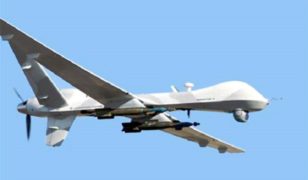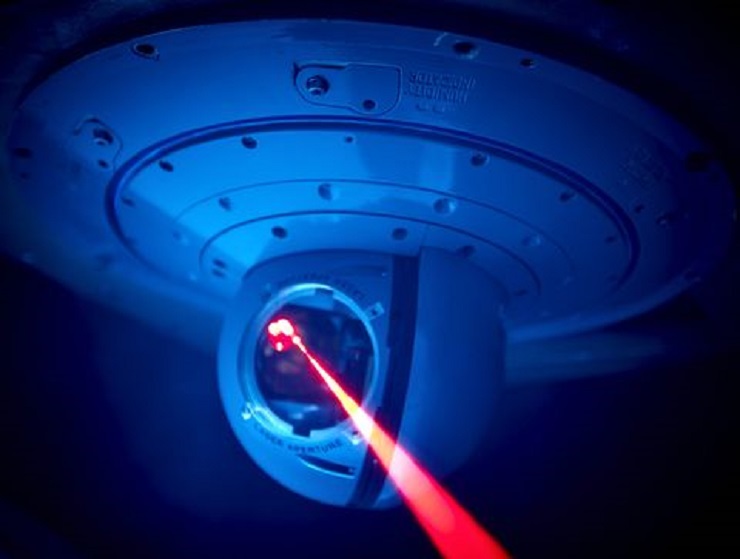MapD to collaborate with the Center for Geographic Analysis at Harvard University to accelerate research with GPUs
 MapD Technologies of San Francisco, CA announced on August 16 a collaboration with the Center for Geographic Analysis at Harvard University (CGA) to bring the power of GPUs to geospatial analytics. CGA researchers will use MapD’s technology to analyze and visualize multi-billion-row geospatial data sets in real time, searching for new insights into a wide range of natural and social phenomena. The collaboration is the result of an I/UCRC membership agreement that MapD Technologies and the CGA have entered into in connection with a Spatiotemporal Innovation Center, of which CGA is a founding research member. The Spatiotemporal Innovation Center is funded by the Industry/University Cooperative Research Center Program of the National Science Foundation, with support also provided by MapD and others as members of the Center.
MapD Technologies of San Francisco, CA announced on August 16 a collaboration with the Center for Geographic Analysis at Harvard University (CGA) to bring the power of GPUs to geospatial analytics. CGA researchers will use MapD’s technology to analyze and visualize multi-billion-row geospatial data sets in real time, searching for new insights into a wide range of natural and social phenomena. The collaboration is the result of an I/UCRC membership agreement that MapD Technologies and the CGA have entered into in connection with a Spatiotemporal Innovation Center, of which CGA is a founding research member. The Spatiotemporal Innovation Center is funded by the Industry/University Cooperative Research Center Program of the National Science Foundation, with support also provided by MapD and others as members of the Center.
CGA’s first project with MapD will focus on improving access to hydrological models used in water management and public safety. These models operate on large, dynamic data sets of stream flow and water depth measurements, along with detailed weather forecasts and field observations of streams, reservoirs and other hydrographic features to generate hundreds of millions, or even billions of flow, saturation and inundation predictions.
It is hoped that GPU-based analytics will support faster visualization of data sets like the U.S. National Water Model and enrich them with data such as flood or drought vulnerabilities, local population densities, emergency response availability and even social media sentiment about water policies.
Such technology could be used for new projects, possibly including a study on how political partisanship affects the geographic sorting of voters, according to Ben Lewis, Geospatial Technology Manager at the Center for Geographic Analysis.
“Large spatio-temporal datasets are difficult to analyze,” Lewis said. “The number of data points involved, and the need to join them with external sources can overwhelm CPU-based systems. We’ve traditionally relied on data preparation and massive computing resources to get jobs done in a reasonable amount of time. We hope to explore whether a GPU-based platform will enable testing hypotheses as we think of them, using a fraction of the computing resources at a much lower cost.”
CGA will deploy a MapD resource that includes an open source database, open source visualization libraries and the MapD Immerse visual analytics client. As part of the project, CGA will identify opportunities to add new geospatial features to the MapD platform, improve its general interoperability and extend support for Open Geospatial Consortium (OGC) standards.
“Our relationship with the Center for Geographic Analysis extends back to 2012,” said Todd Mostak, CEO of MapD Technologies. “We’re excited to strengthen the connection and work with CGA to help build a vibrant open-source community. We hope to explore ways together to make the technology even more useful and widely available to the academic community and to work to accelerate research at the CGA and advance the state of the art for geospatial analytics everywhere.”
Source: MapD








